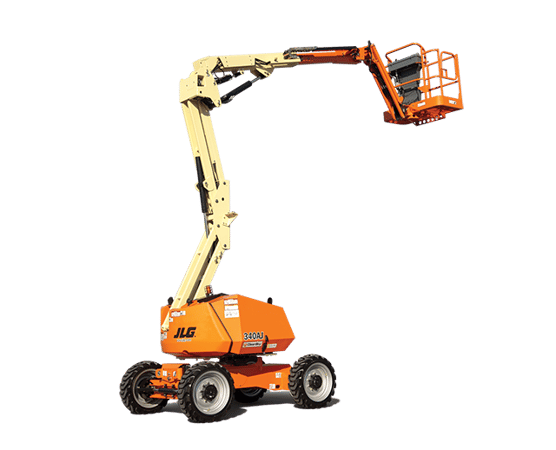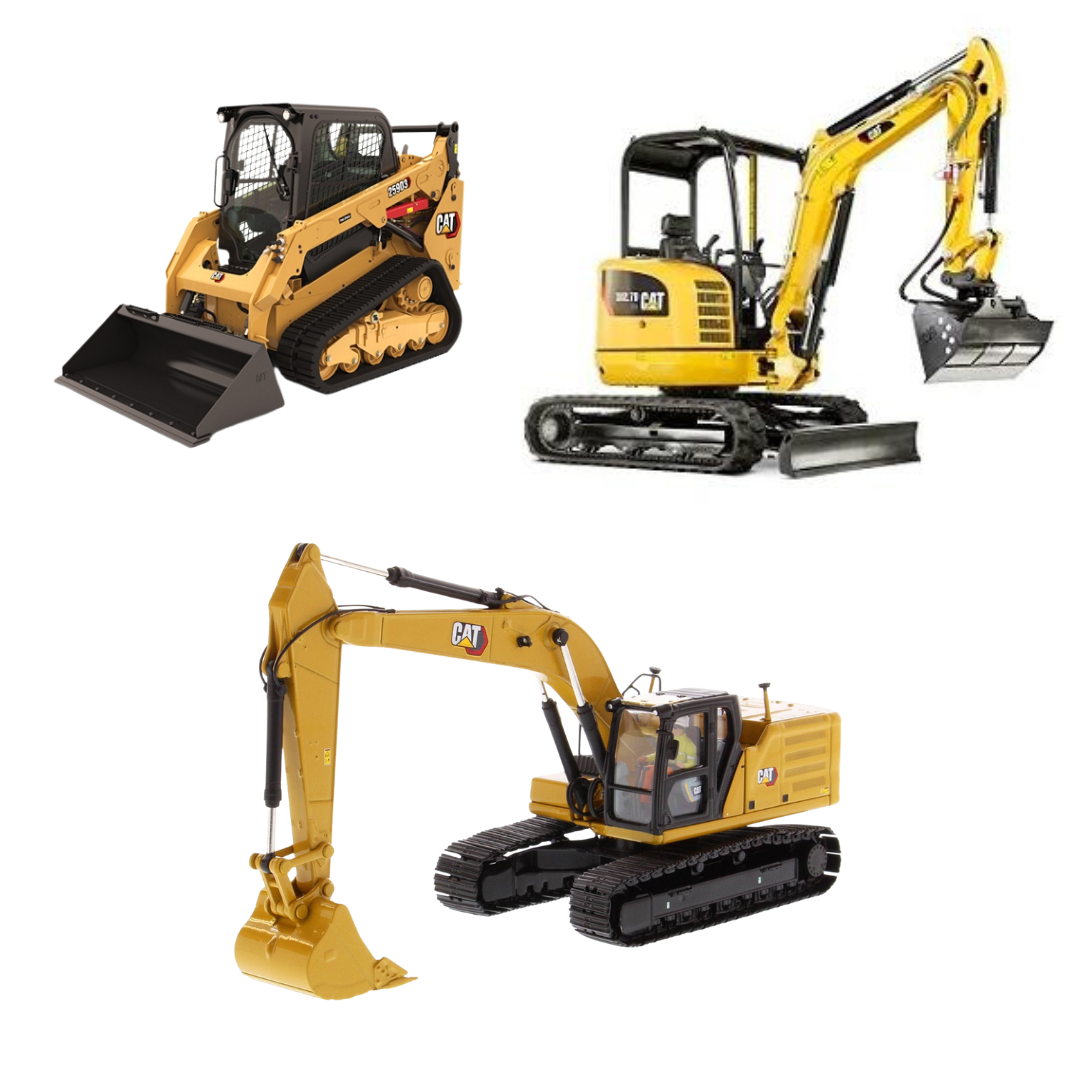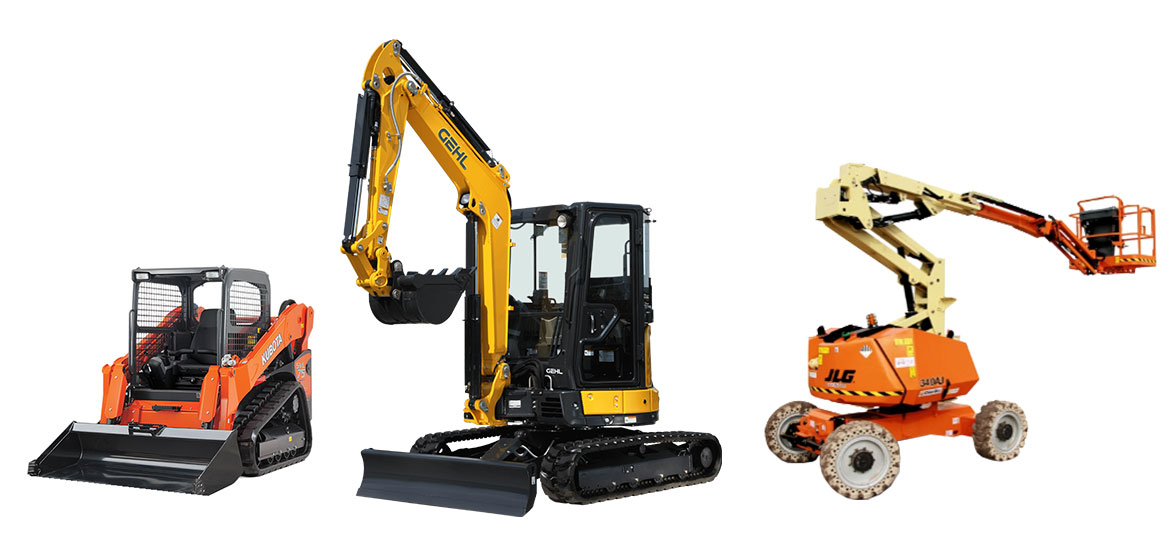Construction Equipment Rentals: Sturdy Equipment for Your Projects
Construction Equipment Rentals: Sturdy Equipment for Your Projects
Blog Article
Optimize Your Spending Plan by Comprehending the Expenses Connected With Building Devices Rentals
Understanding the complete extent of costs linked with construction tools leasings is vital for optimizing your spending plan. What methods can be utilized to effectively handle these prices and ensure a much more effective rental experience?
Introduction of Rental Costs
When taking into consideration building equipment rentals, recognizing the connected costs is vital for effective budgeting and task planning. Rental prices can vary dramatically based upon several aspects, consisting of devices kind, period of leasing, and area. The initial rental fee commonly mirrors the devices's market need and its associated functional capabilities, affecting the overall cost.
Along with the base rental rate, supplementary costs may emerge, such as transport costs, fuel additional charges, and upkeep fees. It is necessary to account for these extra expenditures to precisely examine the complete cost of leasing tools. The rental duration can influence pricing; longer leasings may certify for discounted rates, while short-term rentals might incur greater everyday costs.

Break Down of Rental Prices
A comprehensive understanding of rental rates is essential for professionals and project managers aiming to optimize their budgets. Rental prices for building and construction tools commonly contain several parts, consisting of base prices, time-based fees, and usage fees.
Base rates are the core costs connected with the leasing of the equipment, frequently identified by the type and size of the equipment. These prices can vary significantly, affected by elements such as equipment need, schedule, and regional market trends. Time-based costs, which may be daily, weekly, or monthly, serve to accommodate various job timelines and rental durations.
In addition, rental rates may consist of use fees, which are applicable when tools is used past a defined limit, guaranteeing that the rental business can make up damage. Seasonal need fluctuations can additionally impact rental rates, with peak building and construction periods generally regulating higher rates.
Furthermore, understanding the rental business's policies pertaining to maintenance and insurance can supply further understanding right into the general cost framework. By analyzing these parts, specialists can make informed choices, guaranteeing the option of rental equipment lines up with both task demands and budget restraints.
Added Fees to Think About
Comprehending the intricacies of extra charges is critical for contractors to manage their overall rental expenditures effectively. Past the basic rental rates, different auxiliary charges can considerably affect the overall expense of devices leasing. These costs commonly consist of distribution and pick-up fees, which can differ based on range and logistics entailed in moving the tools to and from the work website.
In addition, some rental firms might enforce gas surcharges if the devices is returned with less fuel than when rented. It is also vital to understand potential cleaning costs, specifically for customized tools that needs extensive maintenance after use.

Extensively reviewing the rental agreement and making clear these extra charges in advance can help service providers stay clear of unforeseen costs and ensure that budget plans remain undamaged used excavator price throughout the job lifecycle.
Repair And Maintenance Costs
Normal maintenance and repair costs are often overlooked elements that can substantially influence the general cost of construction equipment leasings. When renting devices, it is crucial to think about not just the rental charges but additionally the potential expenses related to keeping the equipment in optimum operating condition.
Several rental companies consist of standard maintenance as part of the rental arrangement; nevertheless, extra comprehensive fixings or unexpected break downs can lead to extra costs. It's vital to evaluate the rental agreement meticulously to understand what maintenance services are covered and what obligations drop on the occupant.
Additionally, equipment that is not well-maintained can lead to inefficiencies at work website, potentially raising and creating hold-ups project expenses. To reduce these dangers, it is suggested to perform normal examinations and preserve open communication with the rental supplier concerning any issues that emerge throughout usage.
Insurance Policy and Responsibility Prices
Insurance coverage and liability costs are vital elements that can considerably impact the overall expenditure of construction tools services (boom lift rental). These costs make certain that both the rental business and the client are protected from possible monetary losses occurring from accidents, damages, or theft during the rental duration

Furthermore, customers must know any deductibles or exemptions in the insurance coverage, as these can influence prospective out-of-pocket costs. Understanding the conditions of any insurance policy protection is important to stay clear of unexpected prices. Eventually, budgeting for insurance policy and liability costs can help guarantee a smoother rental experience and secure against economic risks connected with building and construction projects.
Final Thought
In conclusion, a comprehensive understanding of the costs associated with building and construction equipment services is essential for effective spending plan monitoring. Eventually, notified decision-making relating to devices rentals contributes to the total success of building ventures.
Rental costs can differ dramatically based on a number of aspects, including tools kind, duration of leasing, and place (forklift rental). The rental duration can impact rates; longer leasings may qualify for affordable prices, while short-term services might sustain higher day-to-day charges
By performing extensive research study and engaging with reputable rental firms, specialists useful source can efficiently browse the complexities of rental rates, eventually optimizing their monetary resources.
Past the conventional rental prices, numerous supplementary charges can dramatically affect the complete cost of tools rental. Rental business typically provide responsibility insurance that covers injuries web link to 3rd events or damage to property, while devices damage insurance coverage can cover the price of repair work or substitute if the rented out equipment is damaged.
Report this page